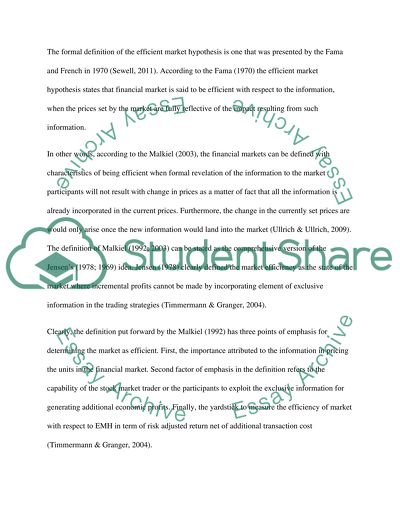Cite this document
(“The concept of the efficient market hypothesis Essay”, n.d.)
The concept of the efficient market hypothesis Essay. Retrieved from https://studentshare.org/finance-accounting/1497060-critically-review-and-discuss-the-concept-of
The concept of the efficient market hypothesis Essay. Retrieved from https://studentshare.org/finance-accounting/1497060-critically-review-and-discuss-the-concept-of
(The Concept of the Efficient Market Hypothesis Essay)
The Concept of the Efficient Market Hypothesis Essay. https://studentshare.org/finance-accounting/1497060-critically-review-and-discuss-the-concept-of.
The Concept of the Efficient Market Hypothesis Essay. https://studentshare.org/finance-accounting/1497060-critically-review-and-discuss-the-concept-of.
“The Concept of the Efficient Market Hypothesis Essay”, n.d. https://studentshare.org/finance-accounting/1497060-critically-review-and-discuss-the-concept-of.


